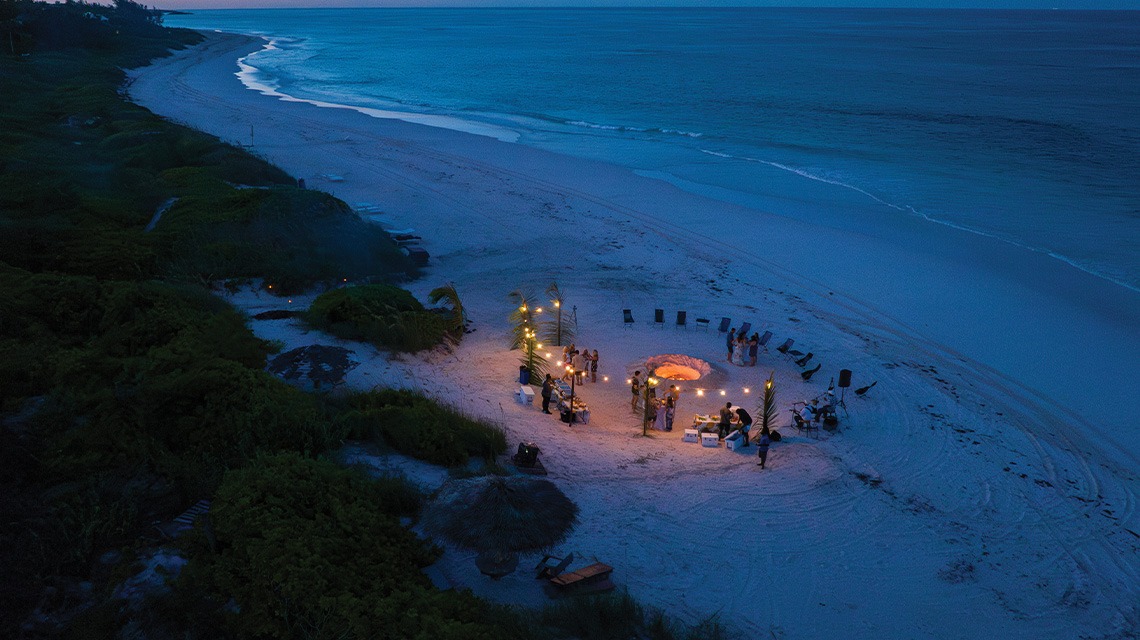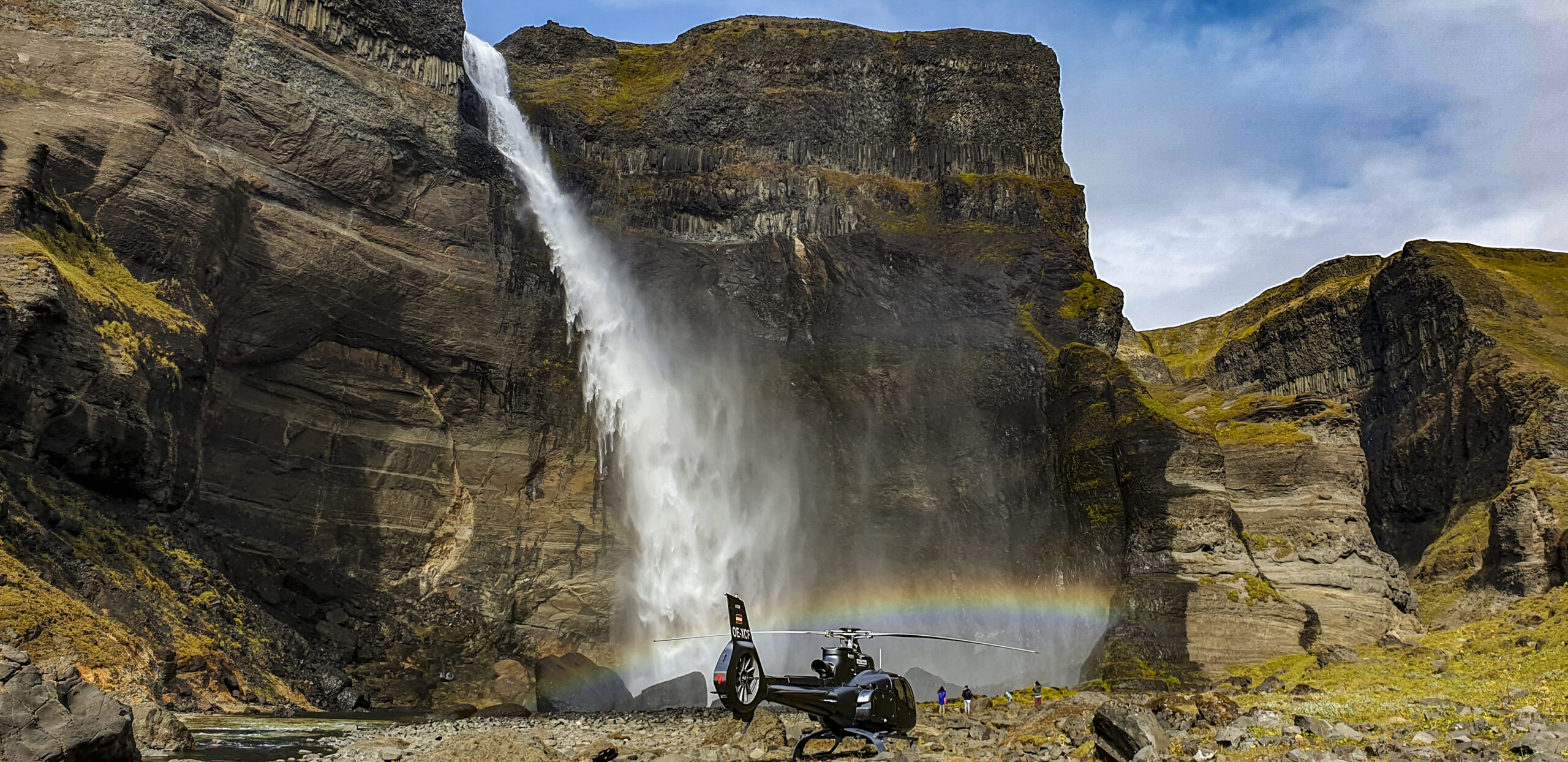How travel incentives can spare budgets and inspire attendees
What is more effective than a bonus check and may end up costing less? New research from Incentive Research Foundation (IRF) underscores that travel incentives can be more effective at promoting behaviors than slipping something extra in biweekly deposits.
Ninety-six percent of employees who earn a travel reward report feeling motivated by the opportunity, the IRF research indicates. “And 91% of employees who did not earn the reward still felt motivated by the possibility of earning. Additionally, the investment in incentive travel is often less than a cash bonus would need to be in order to have the same impact,” says IRF President Stephanie Harris.
The trick is to structure incentive programs to best suit specific attendee preferences. And then to add the cherry on top in the form of surprise and delight.
How to Add Wow
Options for incentives, of course, vary widely, from gift cards to luxury merchandise; in the travel category, cruises and trips to Hawaii are most often chosen by meeting profs, according to IRF research conducted in partnership with Society for Incentive Travel Excellence (SITE) and Oxford Economics. All-inclusive programs and location accessibility can make these logistically and financially attractive for the awarding company as well.
While cruises and Hawaiian locales may top the list as the “where,” it’s the “how” that can elevate a pleasant getaway to a transformational experience. Meeting profs are increasingly challenged to think outside the box to build programs with major wow factors—especially for attendees who have communicated a desire for something fresh, new and unexpected.
Read More: IRF Invitational Went All-in on Incentive Event Personalization
Incentive experts agree that the very early stages of planning should focus on understanding your audience. As Harris puts it, “Surveying potential earners on the program elements that most motivate them can help program owners make decisions about where to invest, and where they have opportunities to save.
Simple surveys can begin to give clarity about destination choice, activity choices and type of hotel in order to maximize motivation among potential earners.” Understanding the motivations and preferences of potential event attendees can reduce major headaches down the line—as well as wasted expenses. And the very act of surveying can help to build excitement and motivation to win a place on the trip.
That boost to motivation has never been more important. IRF research shows a growing number of professionals across different business sectors view incentives as an expected part of their compensation, rather than a motivator. Forty-one percent of senior manager respondents agreed that many rewards are now perceived as “deserved,” which leads to a decrease in motivation and the culture building that incentive travel can provide.
Incentivizing Through Adventure

So, how do you push through entitlement to reach excitement? Some meeting profs are responding by upping the game and engaging next-level vendors. One of these, the adventure travel experience and lodge company Eleven, proclaims its mission as delivering “custom-made experiences that impact the people who impact the world.” It’s seen a lot of dream incentive programming since its founding in 2011. Does a heli-ski excursion in Iceland sound appealing? What about a horseback ride on the beach in the Bahamas? Perhaps a relaxing afternoon spent fly-fishing on the shores of an alpine lake in Colorado or Chile?
Lindsay Beltchenko, Eleven director of product and marketing, stresses that while some “prix fixe” activity schedules exist, there really is no such thing as a typical experience as most are fully customized and tailored to each individual guest.
Meeting profs are paired with an “experience manager” who works with them to maximize the incentive trip’s team building, networking and overall goals.
“That boost to motivation has never been more important.”
Beltchenko gives the example of a day spent at Eleven Taylor River Lodge, one of the company’s Colorado properties. Activities might wind down with a nighttime sensory deprivation walk around the grounds, where the group abandons headlamps and flashlights and are led by a guide who prompts attendees to reflect upon and better internalize the day’s experiences and activities. Beltchenko says, “You’re in the middle of nowhere and it’s very dark—there’s no light pollution. Oftentimes corporate groups are coming from metropolitan areas, and for somebody who lives in New York City to come and experience something like that…it’s pretty transformational.”
Read More: Togetherness Through Team Building

Many of Eleven’s experience lodges have a maximum capacity of roughly 25 people, so Beltchenko says most corporate clients are “C-suite or individual groups within larger companies where they’ve got a tight-knit team.”
Many groups mix retreat and strategic meetings. Days often begin with a morning activity and breakfast followed by meetings, with lunch marking the start of the day’s second half, free of any focus on work.
Just as the IRF’s research uncovered, Harris pointed to the importance of pre-event feedback and post-event analysis as essential tools for evaluating how well objectives have been met. When meeting profs partner with a travel incentive vendor, however, this kind of feedback can often be gained even as the incentive unfolds, rather than waiting for the typical post-event survey. “Oftentimes, the group leader and the staff, together with the guests, create such a tight bond with their experience manager [that] we just get the feedback directly, because there’s a relationship there,” Beltchenko says.
Like many things these days, the bar for incentives is rising, it seems, by the year. Companies want quantifiable returns for their investments, which are scrutinized more closely than ever. Attendees want more than watercooler stories about rounds of golf and a shake of the CEO’s hand. Yet ultimately the game is the same: It’s about knowing your audience, both potential attendees and the company that writes the check, then delivering to that sweet spot. But making it even sweeter than last year.
Incentives in Numbers
The Incentive Research Foundation’s 2024 Key Insights and Trends report, undertaken in partnership with Oxford Economics and SITE, crunched data gathered from 2,800 incentive travel industry professionals representing 19 industry verticals and 85 countries. It revealed that 70% of buyers are in search of destinations they haven’t used before, such as Oceania, Alaska and South Asia.
Seventy-one percent of respondents also noted that selecting a destination is heavily influenced by political considerations, such as safety and accessibility—a sharp increase from 51% in 2023. Corporate senior leadership reported a focus on incentive travel, with 58% expressing they want it to play a more distinct role in motivation and culture building—making a meeting prof’s work even more essential (if that is possible). Seventy-one percent of participants in the study cited memorability as a top consideration, so a major focus for meeting profs should be planning incentive travel and experiences that stand out from the pack.
For North American clients, the study showed free time has risen to the top as the most essential element of a successful travel incentive program (clients overseas tend to put more emphasis on group activities). So, no matter how grand the adventure is, attendees will most likely want leisure time to be baked into the itinerary as well.
This article appears in the November/December 2024 issue as “Incentivizing Greatness.” You can subscribe to the magazine here.




